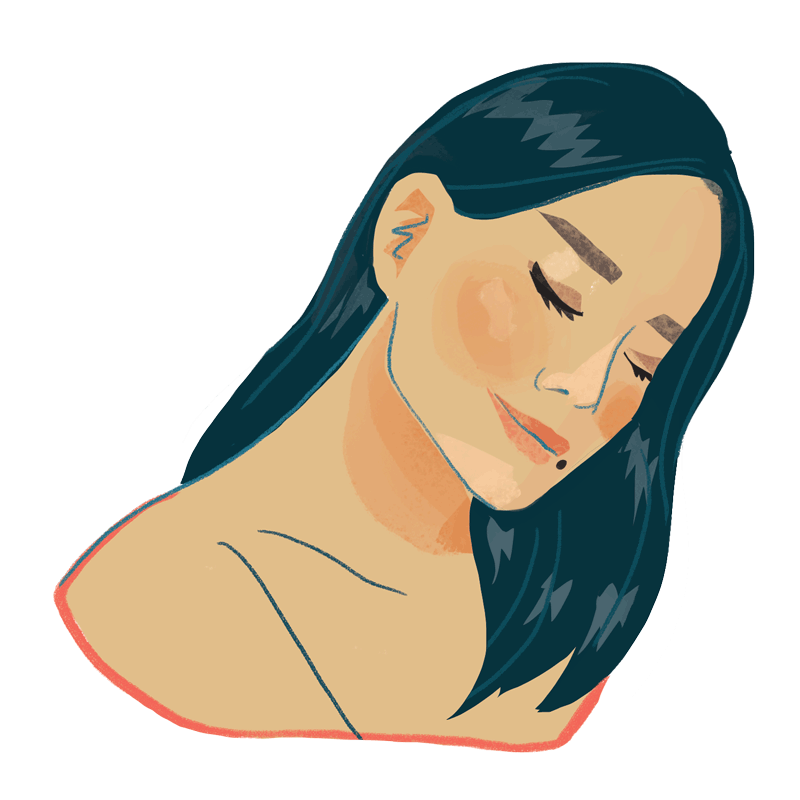4.1.11
Front of the stitched sample.
The first stitch from the edge of the material is the default tension. The top stitches are pulled to the back of the material, meaning the tension is too loose.
In the second stitched line, the tension becomes tighter.
In the third stitched line, the tension is even.
The tension in the fourth and fifth stitched lines becomes tighter, making the bottom thread pull towards the front.
The tension in the sixth stitched line is extremely loose, making the top thread pull towards the back of the material.
4.1.12
Back of the stitched sample.
The first stitch from the edge of the material is the default tension. The top stitches are pulled to the back of the material, meaning the tension is too loose.
In the second stitched line, the tension becomes tighter.
In the third stitched line, the tension is even.
The tension in the fourth and fifth stitched lines becomes tighter, making the bottom thread pull towards the front.
The tension in the sixth stitched line is very loose, making the top thread pull towards the back of the material.
4.1.13
Front of zigzag stitched sample.
Tension in the first stitched line from the edge of the material is loose, pulling the top thread to the back.
The second stitched line is sewn using the default tension.
The third stitched line shows a tighter tension with a bit of the bottom thread pulled to the front.
4.1.14
Back side of zigzag stitched sample.
Tension in the first stitched line from the edge of the material is loose, pulling the top thread to the back.
The second stitched line is sewn using the default tension.
The third stitched line shows a tighter tension with a bit of the bottom thread pulled to the front.
It all begins with an idea. Maybe you want to launch a business. Maybe you want to turn a hobby into something more. Or maybe you have a creative project to share with the world. Whatever it is, the way you tell your story online can make all the difference.
Don’t worry about sounding professional. Sound like you. There are over 1.5 billion websites out there, but your story is what’s going to separate this one from the rest. If you read the words back and don’t hear your own voice in your head, that’s a good sign you still have more work to do.
Be clear, be confident and don’t overthink it. The beauty of your story is that it’s going to continue to evolve and your site can evolve with it. Your goal should be to make it feel right for right now. Later will take care of itself. It always does.














